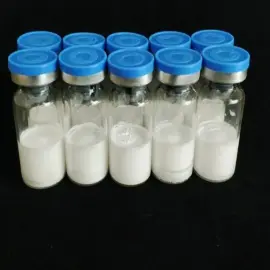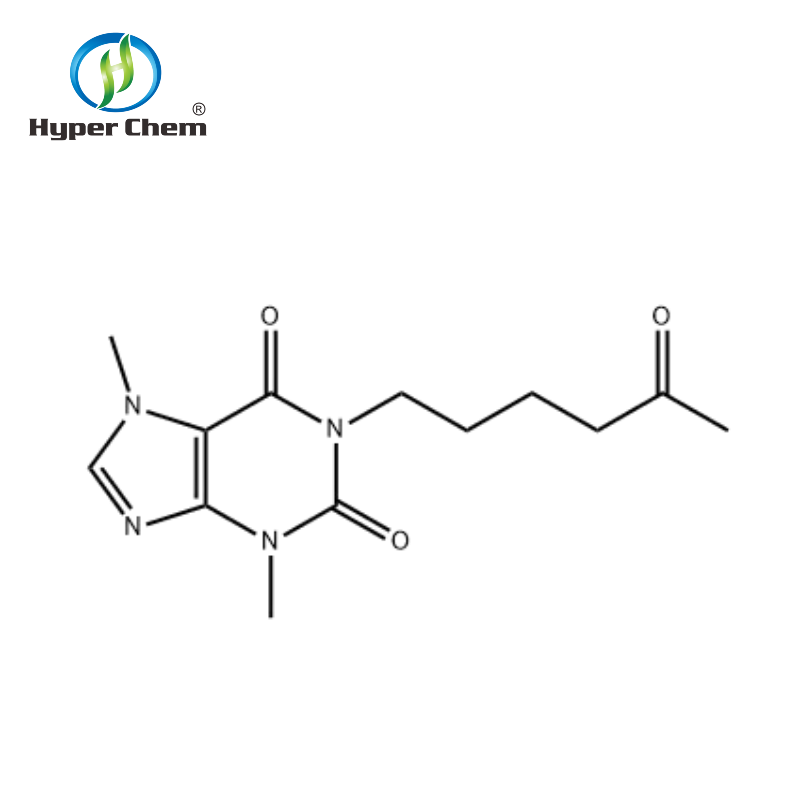-
Categories
-
Pharmaceutical Intermediates
-
Active Pharmaceutical Ingredients
-
Food Additives
- Industrial Coatings
- Agrochemicals
- Dyes and Pigments
- Surfactant
- Flavors and Fragrances
- Chemical Reagents
- Catalyst and Auxiliary
- Natural Products
- Inorganic Chemistry
-
Organic Chemistry
-
Biochemical Engineering
- Analytical Chemistry
-
Cosmetic Ingredient
- Water Treatment Chemical
-
Pharmaceutical Intermediates
Promotion
ECHEMI Mall
Wholesale
Weekly Price
Exhibition
News
-
Trade Service
Nicorandil is a pharmaceutical drug that is used to treat angina, a condition characterized by chest pain due to reduced blood flow to the heart muscle.
The drug is a combination of two active ingredients: nicotinic acid and nitroglycerin.
Nicotinic acid is a form of vitamin B3 that helps to widen blood vessels, while nitroglycerin is a vasodilator that relaxes the blood vessels and increases blood flow.
One of the key applications of nicorandil is in the treatment of angina, as it helps to increase blood flow to the heart muscle and reduce the symptoms of chest pain.
The drug is also sometimes used to treat other conditions related to reduced blood flow, such as intermittent claudication (cramping in the legs caused by reduced blood flow).
In the chemical industry, nicorandil is an important starting material for the production of other pharmaceutical drugs and chemicals.
The drug can be converted into several different chemical intermediates through a process known as chemical synthesis.
One of the key chemical intermediates that can be derived from nicorandil is 3,5-dinitroxybenzene (DNO).
DNO is a highly reactive compound that can be used as a building block for the synthesis of a wide range of chemicals, including dyes, pharmaceuticals, and other industrial chemicals.
The process of converting nicorandil to DNO involves several steps, including hydrolysis, nitration, and reduction.
In the first step, nicorandil is treated with water to break down the nitroglycerin component of the drug.
This results in the formation of several different compounds, including 3,5-dinitroxybenzene.
In the second step, the DNO is further nitrated using nitric acid to form a diazonium salt.
This salt can then be reduced using a reducing agent, such as hydrazine, to produce the final product.
The production of DNO from nicorandil is an important process in the chemical industry, as the compound can be used as a precursor for the synthesis of many different chemicals.
For example, DNO can be converted into the dye stuff anthraquinone by treating it with chloroform and then hydrolyzing the resulting intermediate.
Another important chemical intermediate that can be derived from nicorandil is 4-aminonitrobenzene (4-ANB).
4-ANB is a chemical intermediate that is used in the production of several different drugs, including some anti-inflammatory and anti-bacterial agents.
The process of converting nicorandil to 4-ANB involves several steps, including nitration and reduction.
In the first step, nicorandil is treated with nitric acid to form DNO.
In the second step, the DNO is reduced using a reducing agent, such as hydrazine, to produce 4-aminonitrobenzene.
The production of 4-ANB from nicorandil is a key process in the chemical industry, as the compound can be used as a precursor for the synthesis of several different drugs.
For example, 4-ANB can be converted into sulfasalazine, a drug used to treat inflammatory bowel disease, by treating it with sulfuric acid and then reducing the resulting intermediate.
In conclusion, nicorandil is an important pharmaceutical drug that is used to treat angina and other conditions related to reduced blood flow.
The drug can also be converted into several different chemical intermediates, including 3,5-dinitroxybenzene (DNO) and 4-aminonitrobenzene (4-ANB), through a process known as chemical synthesis.
These intermediates can then be used as building blocks for the synthesis of a wide range of chemicals, including dyes, pharmaceutical







